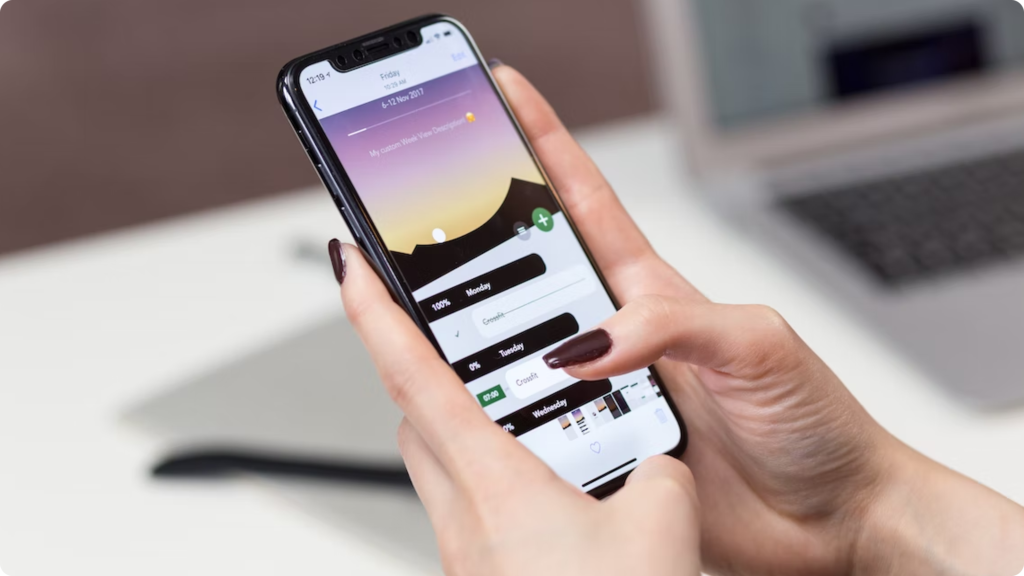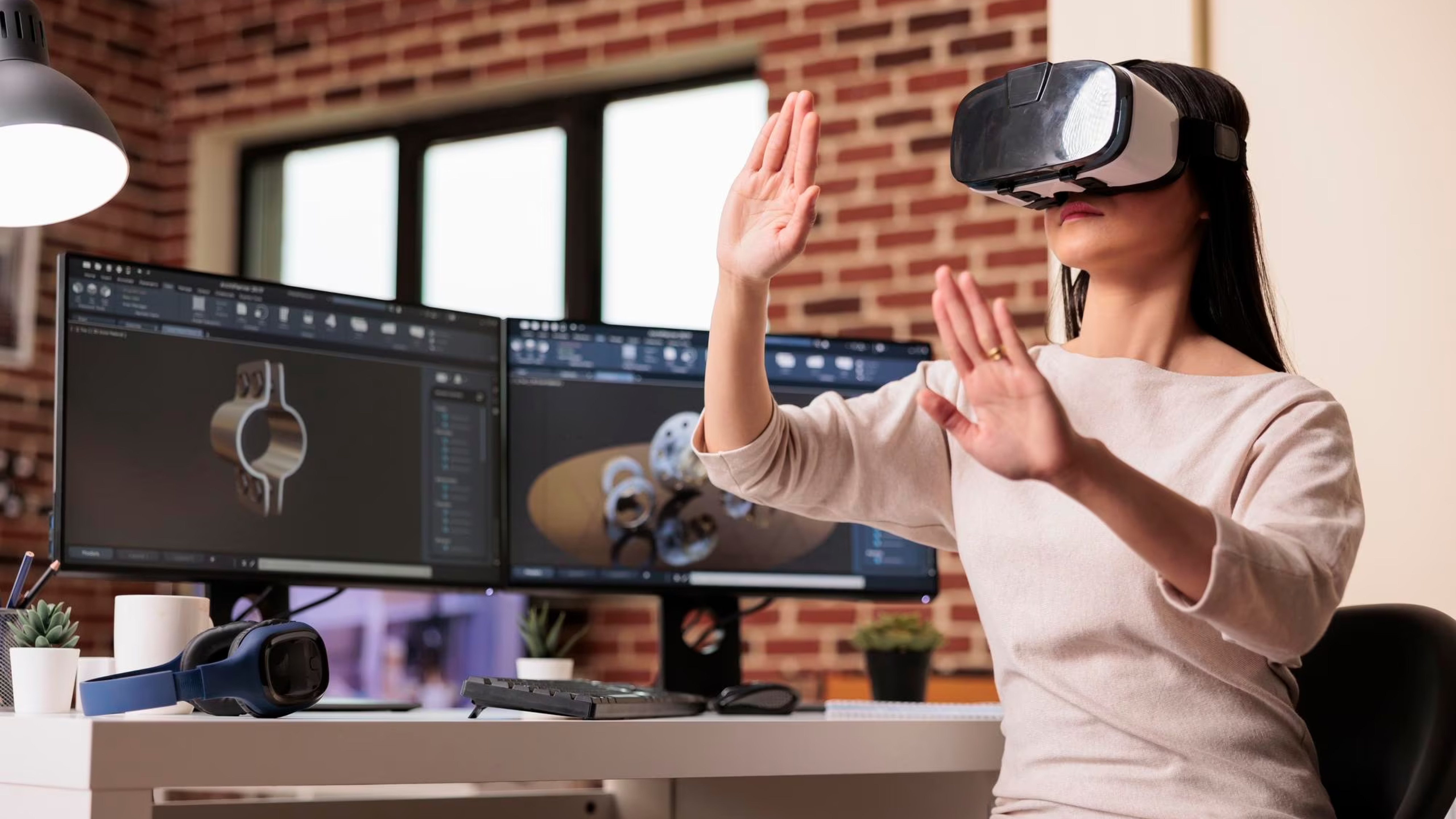
Improving The User Experience In Your m-commerce App: Proven Techniques
Mobile commerce, or “m-commerce”, is quickly becoming the norm in online shopping, particularly among younger generations. However, creating an app that attracts customers and keeps them coming back can be challenging. To fully leverage the potential of smartphones and provide an optimal user experience in your m-commerce app, there are certain key elements to consider. In this post, we will delve into the specific user experience areas that can make or break the success of your mobile commerce app. With the rise of eCommerce moving towards mobile, shopping through mobile apps has become an integral part of our daily lives, allowing us to make purchases at any time and place with just a few taps. However, for app creators, designing an m-commerce experience that instils trust and satisfaction among users requires a deeper understanding of user experience design.
Why m-commerce Needs A Flawless User Experience
Mobile commerce, or “m-commerce”, is rapidly becoming a dominant force in online shopping, with an increasing number of consumers turning to mobile apps and mobile-optimized websites to make their purchases. The statistics speak for themselves: research from Statista shows that the share of mobile-based consumers in the e-commerce market is consistently growing yearly. For example, during the 2021 Black Friday and Cyber Monday shopping period, global mobile traffic increased by over 90% compared to the previous year.
As our daily lives have increasingly moved online, the younger generation, known as Gen Z, has embraced mobile devices for shopping. This group of consumers is always connected and eager to use their smartphones for everything from browsing to making purchases. However, despite the growing popularity of m-commerce, several challenges still need to be addressed to provide the best possible user experience for customers.
According to a survey by Forrester Research, 51% of participants claimed that it is easier to make a purchase on a computer than on a mobile phone, indicating that there is still a significant portion of work to be done in terms of user experience in m-commerce apps. Additionally, 46% of participants said they stick to their old habits and prefer to purchase from a desktop computer. In comparison, 30% of participants reported that they did not feel safe using mobile payment services.
Another common issue is that mobile websites often have different content, features, and functionality compared to their desktop counterparts, which can lead to confusion and complicate customer shopping experience. Customers may also encounter physical limitations such as slow internet connection, small screens, difficulty printing a receipt, or data transfer limits.
Overall, the survey data makes it clear that there is still much work in mobile commerce to attract more shoppers and create more revenue opportunities for businesses. To achieve this, it is essential to focus on delivering a flawless user experience that addresses the concerns and limitations of mobile shoppers.
Benefits Of Following The m-commerce UX Design Tips

As online shopping trends shift towards mobile, m-commerce has become an essential aspect of any online store, whether a single brand or multi-brand. Adopting this trend will bring about numerous benefits for both businesses and consumers.
From the customer’s point of view, a flawless user experience in a mobile commerce app ensures that they can find and purchase what they need quickly and efficiently at their fingertips. A well-designed checkout process builds trust and reduces the obstacles and stress associated with mobile shopping, as highlighted in the Forrester research.
On the business side, a positive user experience leads to customer satisfaction, reflected in improved business performance. High usability minimizes customer churn and attracts new customers looking for a convenient shopping experience. Additionally, a user-friendly and engaging mobile shopping app can increase conversion rates and boost sales in this channel, resulting in increased revenue.
How To Make Sure Users Feel Comfortable With m-commerce

Creating a comfortable user experience in mobile commerce apps is crucial for attracting and retaining customers. Several key strategies to achieve this include designing easy navigation and search experiences, providing high-security standards, and personalizing the shopping experience.
Easy Navigation And Search Experiences
Designing a mobile commerce app that feels familiar to the customer is essential, even if they are new to the experience. Consistency with the app’s desktop version is necessary for easy navigation and search experience. This requires an omnichannel design approach, ensuring that the customer journey is seamless between desktop and mobile devices. Adapting the interface to the physical limitations of mobile devices is also essential, considering mobile usability and different tools such as navigation, layouts, and UX writing.
Security
Customers may have concerns about security issues when shopping on mobile devices, particularly when it comes to sensitive data and payments. Maintaining high-security standards and communicating them to users is essential to build trust and minimising customer churn. Gradually requesting sensitive data during the account registration process and providing clear explanations for why the information is needed is vital. Offering a variety of trusted payment options suitable for different locations and customer groups, such as payment gateways and instalment options, can also help build trust.
Personalization
Mobile devices have a personal attachment for many users, acting as daily companions. Personalization can be a powerful tool to create a unique user experience and drive sales. Research from Epsilon shows that as many as 80% of consumers are more likely to purchase when brands offer personalized experiences. However, personalizing the background on a smaller mobile screen can be challenging. Showing items relevant to the customer and providing a clear and easy-to-use interface can give the customer a better impression of the store’s offerings and reduce the time and effort required to find what they are looking for.
Optimize The UX Design Of Your m-commerce App
People can be hesitant to change and adapt when it comes to new technologies. This is especially true in the rapidly growing mobile commerce market. Customers are familiar with specific interactions and ways of receiving the information they have used for years. As designers, it’s essential to consider these habits and make the transition to mobile commerce as smooth as possible for users. This can be done by creating a user-friendly and intuitive design that feels the customer’s habits and preferences.
Manish Surapaneni
A Visionary & Expert in enhancing customer experience design, build solutions, modernize applications and leverage technology with Data Analytics to create real value.
Other articles

Manish Surapaneni
Stop Outsourcing Your Ethics, Tech Leaders
Setting up their own ethics committee is a step forward for tech companies, as they are the clear winners of

Manish Surapaneni
How To Beat The Tech Talent Squeeze In 2023: 6 Proven Strategies
In the current economic climate, with rising costs and increased job turnover, one of the biggest mistakes a company can

Manish Surapaneni
How Augmented Human Intelligence Can Enhance Our Lives With Machines
The advancement of technology has simplified our lives. It has also significantly increased our reliance on electronic devices. MIT Media